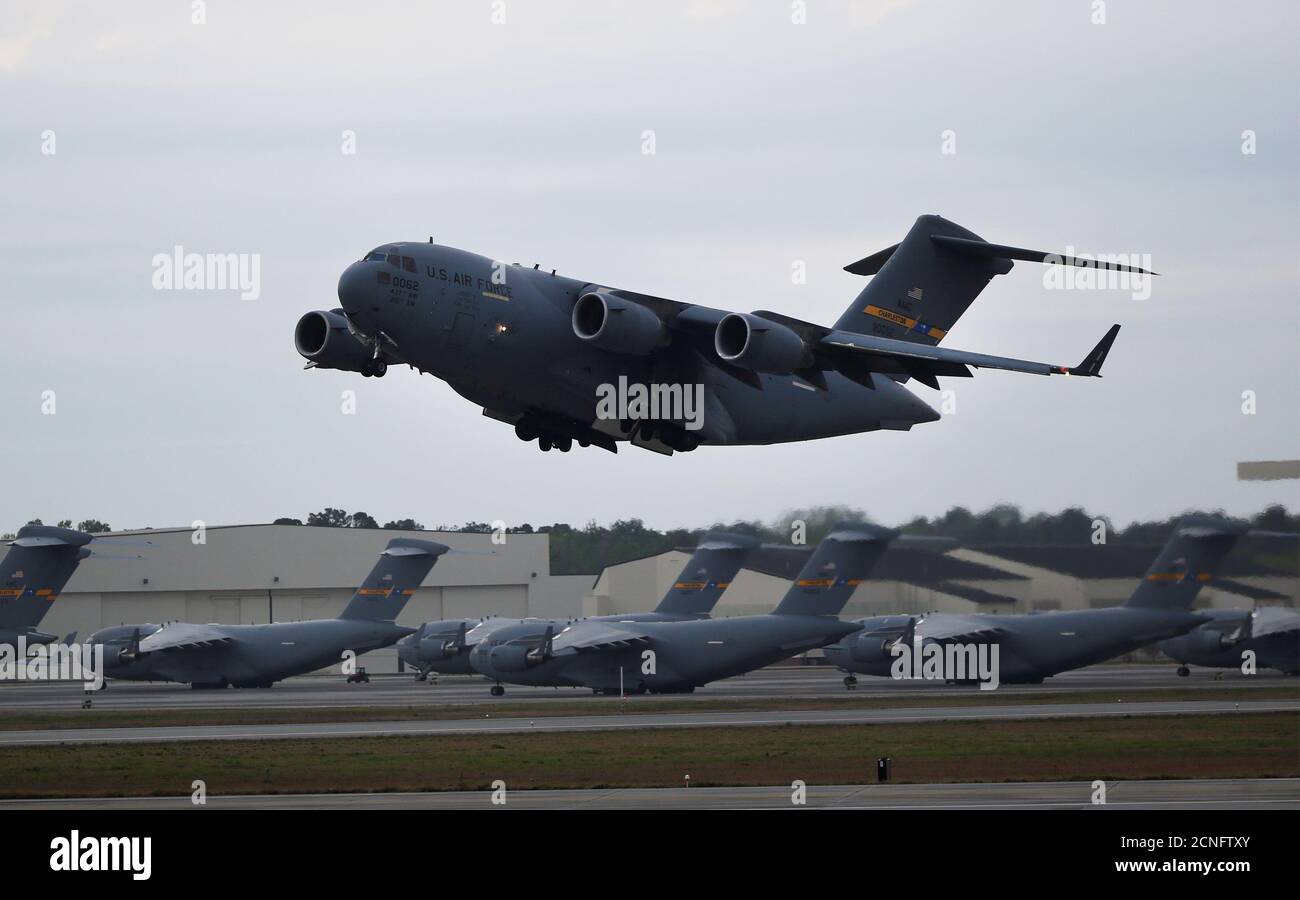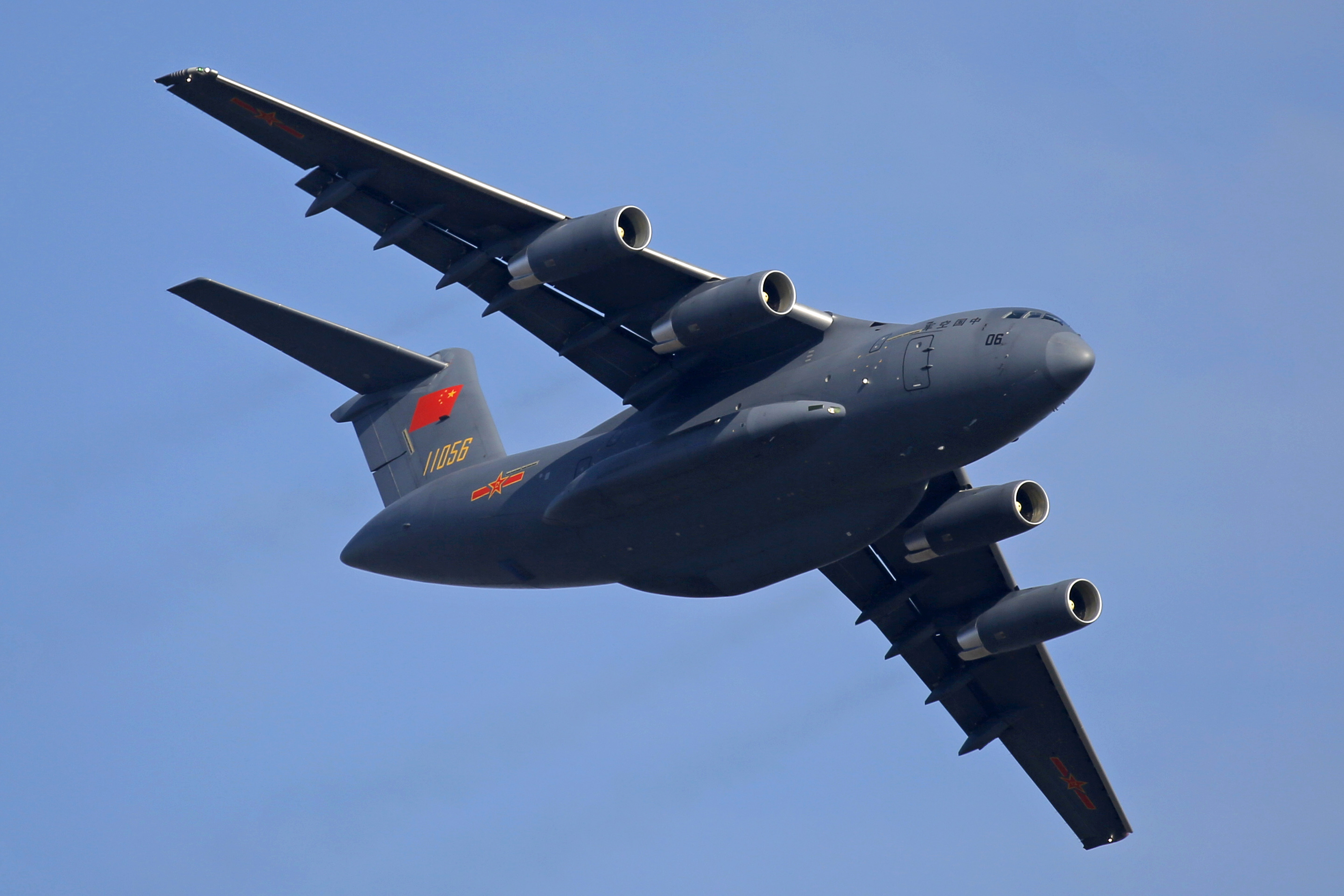C10 Aircraft - The McDonnell Douglas KC-10 Extder is an American aerial refueling aircraft operated by the United States Air Force (USAF). A military version of the three-dimensional DC-10 aircraft, the KC-10, was developed from the Advanced Tank Cargo Aircraft program.
This includes large military facilities for transportation and aerial refueling. It was developed to complement the KC-135 Stratotanker after experience in Southeast Asia and the Middle East. The KC-10 is the second McDonnell Douglas transport aircraft selected by the Air Force after the C-9. A total of 60 KC-10s were produced for the USAF. The Royal Netherlands Air Force operated two KDC-10 tankers, converted from DC-10s.
C10 Aircraft

The KC-10 plays a key role in mobilizing US military assets and participating in operations overseas. These aircraft were used in the 1986 bombing of Libya (Operation Eldorado Canyon), the 1990-91 Iraq-Persian Gulf War (NATO), the NATO bombing of Yugoslavia and the war in Afghanistan. (Movement for Freedom), and the Iraq war (Movement for Iraqi Freedom and New Dawn).
D Day Invasion's Lead Aircraft To Visit Aviation Museum
In the early 1980s, a KC-10 Extder supplemented the C-5 Galaxy. Both aircraft are in period livery.
During the Vietnam War, doubts began to arise about the ability of the Boeing KC-135 Stratotanker to meet the needs of America's global commitments. Air-to-air refueling tankers are deployed to Southeast Asia to support tactical aircraft and strategic bombers while supporting US nuclear bombers. Specifically, the Air Force sought an air tanker larger than the KC-135. In 1972, two DC-10s were flown at Edwards Air Force Base to simulate air refueling and investigate wake problems. Boeing conducted similar tests with the 747.
During the 1973 Yom Kippur War, the Air Force launched Operation Nickelodeon, which supplied Israel with weapons and supplies. This operation demonstrated the need for adequate ventilation. With European landing rights dead, C-5 Galaxy transports are forced to carry some of the highest payloads on non-stop flights from the Americas to Israel.
To address this lack of mobility, four aircraft were evaluated in 1975 under the Advanced Tank Cargo Aircraft Program: the Lockheed C-5, the Boeing 747, the McDonnell Douglas DC-10, and the Lockheed L-1011.
C10 Usaf Air Force One 11030 1:200 With Stand And Collector Coin.
The only serious competitors are Boeing and McDonnell Douglas. On December 19, 1977, the McDonnell Douglas DC-10 was selected. The main reason for this choice was the KC-10's ability to operate from short runways.
The KC-10 Extder first flew on July 12, 1980, but it was not until October of that year that the first aviation refueling project was carried out.
The design of the KC-10 was modified from the DC-10-30CF design. Unnecessary avionics functions replaced cargo handling systems and military aviation.

At the same time, the KC-10 maintains 88% commonality with its commercial counterparts, providing greater access to global commercial support systems.
C5 Galaxy Heavy Military Transport Aircraft Stock Photo 371923
Early aircraft had a distinct light grey, white and blue color scheme, but later tanks had a grey-green camber design. The paint scheme was changed to medium gray in the late 90s.
The KC-10's hybrid refueling system is capable of refueling aircraft of the US Air Force, US Navy, US Marine Corps and allied forces using sweep and canister and flight waves.
The most notable changes were the McDonnell Douglas Advanced Aviation Fuel Tank and additional fuel tanks located in the cargo hold below the main deck. The additional tanks increase the KC-10's fuel capacity to 356,000 liters (161,478 kg), nearly double that of the KC-135.
The KC-10 also has a refueling wave, which differs from the V-tail design used on earlier fuel tanks with its control surface system on the aft d, as well as a crank and lashing system on the starboard side. the tail. The KC-10 bomb operator has a wide window in the back of the aircraft that monitors the refueling rather than the refueling as in the KC-135. The operator controls refueling operations via a digital flywheel system.
Jungle Lions At 30
Unlike the KC-135, the KC-10's flap and gate system allows refueling by the Navy, Marine Corps and most allied aircraft.
The KC-10 also carries 146,000 pounds (66,225 kg) of cargo or 75,000 pounds (77,110 kg) for a crew of 75.
The KC-10 has a side door for loading and unloading cargo. Trucks are required to lift and lower loads. It can carry cargo and be fuel efficient on overseas missions.

The need for a new transport aircraft for the Royal Netherlands Air Force (Koninklijke Luchtmacht) was first identified in 1984.
Iai Kfir C10 Fae Photo Gallery Image 06
In 1991, four transport requirements were established. Category A requires a large cargo aircraft with a minimum range of 4,500 km and F-16 refueling capability. In 1992, two DC-10-30CFs were purchased from Martinair under a lease/purchase agreement. When one of the two planes crashed on Martinair Flight 495, a third plane was purchased from Martinair.
The conversion was handled by the US Foreign Military Sales Program, which contracted with McDonnell Douglas. The initial cost of the conversion was $89.5 million (1994). The aircraft would be equipped with both a beam, a probe and a rocket system. However, because McDonnell Douglas had no experience with the required Remote Air Reload Operations (RARO) system, the third aircraft was different from the original two, and the program was not completed on budget. Add the tracking and narcotics system and the fixed bulkhead for cargo and passengers, and the cost could be brought down to $96 million. To increase costs, McDonnell Douglas hired Dutch companies to do some of the work. The actual flight was done by KLM. Aircraft conversion took place from October 1994 to September 1995 for the first aircraft, and from February to December 1995. This took much longer than planned, mostly because McDonnell Douglas was late in delivering parts. This would have further increased costs, but the Royal Netherlands Air Force also agreed to maintain the $96 million contract for the AH-64 Apaches it bought from McDonnell Douglas.
To modernize the KC-10, the USAF awarded Boeing a contract in 2010 to upgrade a fleet of 59 aircraft with new communications, navigation and surveillance and air traffic management (CNS/ATM) systems. This is due to the introduction of new ICAO and FAA standards in 2015, which enable aircraft to fly in civil airspace.
Rockwell Collins was also awarded an aerospace and systems integration contract in 2011 for its cockpit modernization program.
Aviation Usaf Bell X 1a And X 1b Jet Aircraft B&w Official Photo C10
The first KC-10 was delivered to the Air Force's Strategic Air Command in March 1981 at Barksdale AFB. In 1982, the newly reformed 22nd Airlift Wing (formerly the 22nd Bombardment Wing) was re-equipped with KC-10A Extders and became the 2nd Air Force Squadron operating the new tankers.
The KC-10s served with SAC until 1992, when they were reassigned to the newly formed Air Mobility Command. In the aerial refueling role, KC-10s are often deployed for strategic refueling of tactical aircraft on board flights and refueling of other strategic transport aircraft. Instead, the KC-135 fleet largely played a theater tactical role. As of 2010, there are 59 KC-10 Extders in service with the USAF.
The USAF's KC-10 fleet is primarily based at Travis AFB and McGuire AFB, California, and is now part of Joint Base McGuire-Dixie-Lackhurst, New Jersey.

A US Navy F-14D and two F/A-18Cs prepare to refuel a KC-10 in the Persian Gulf in 2005.
Aviation Us Military Grumman F9f Panther Jet Aircraft B&w Official Photo C10
In the "El Dorado Canyon" operation, the United States was forced to use British-based F-111 aircraft in an air attack on Libya in 1986, with the problem of denying the base and excessive power of European countries in Europe . KC-10s and KC-135s, along with 29 F-111s from Air Force and Navy aircraft, allowed them to reach the target.
The KC-10 also played a key role in 1991 in Operations Desert Shield and Desert Storm. KC-10s facilitate the deployment of tactical, strategic and carrier aircraft to Saudi Arabia. In the early stages of Operation Desert Shield, aerial refueling was key to the rapid flight of materiel and forces. In addition to refueling aircraft, the KC-10, along with the smaller KC-135, moved thousands of tons of cargo and thousands of troops. The KC-10 and KC-135 performed approximately 51,700 separate refueling missions and delivered 125 million gallons (475 million liters) of fuel.
Since then, the KC-10 has been involved in other minor conflicts. In March 1999, NATO launched an allied force operation against the Yugoslav government. The mobile portion of the operation began in February and was heavily submerged in oil tanks. As of early May 1999, approximately 150 KC-10s and KC-135s were deployed to Europe, supplementing bombers, fighters, and conflict maintenance aircraft. KC-10 balloons flew 409 missions during the Allied Forces campaign and continued support operations in Kosovo.
From 11
Latin American Kfir C10 June Release
C 47 aircraft, r c aircraft batteries, c 141 aircraft, c-118 aircraft, c&d aircraft heaters, c 5 galaxy aircraft, aircraft c check, aircraft a c, c 130 military aircraft, ba 118 aircraft type, c 118 liftmaster, c 141 starlifter aircraft
0 Comments